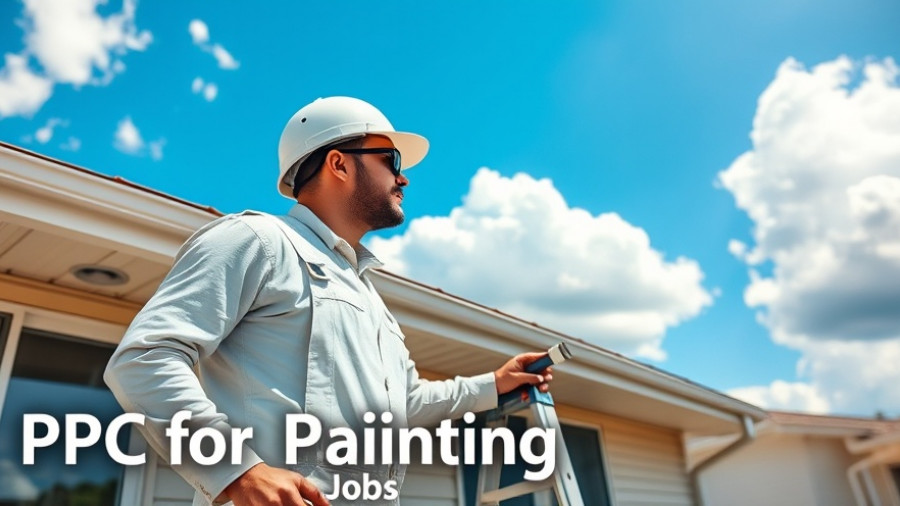
Mastering Multilingual PPC: Speak to More Than Just Words
In today’s global digital landscape, effectively reaching your audience often means speaking their language—literally and figuratively. While many companies leverage pay-per-click (PPC) advertising to maximize reach, the subtle art of multilingual PPC requires nuanced understanding that goes beyond mere translation.
Understanding Localization vs. Translation
One common misconception is that translation alone suffices for successful PPC campaigns in foreign markets. However, this can lead to harmful missteps. According to Common Sense Advisory, 76% of online shoppers prefer to buy in their own language, but what they truly seek is authenticity. Phrases like "buy comfortable shoes" may be technically correct but lack the heartfelt resonance needed to drive clicks. Effective localization captures intent, tone, and cultural context, transforming mere words into relatable messages.
Intent: The Heart of Search
Understanding user intent is critical in multilingual keyword research. A 2022 Search Engine Journal study revealed that intent-aligned keywords can drive twice the click-through rate (CTR) compared to simple translations. This means that knowing whether your audience searches aspirationally (like "best luxury watches") versus transactionally (such as "discount Seiko watches near me") can make all the difference. Brands must adjust their keyword strategies accordingly, as small linguistic decisions can sway a campaign’s success.
Researching Cultural Nuances
To gain traction in foreign markets, digital marketers should employ strategies like competitor analysis and local forum monitoring. Keywords often embody local slang and trends that can be lost in translation—tools like Google Keyword Planner and SEMrush should be used alongside native insights to better tailor campaigns to the local audience's expectations.
Using Tools Effectively
Automation can enhance PPC campaigns, but marketers should not forget the human touch. Algorithms might provide a roadmap, but they can’t capture the emotional nuances of language. For instance, while "cheap" in English might signify affordability, its German counterpart "billig" can imply low quality. Instead, using terms like "günstig" conveys the right sentiment of respectability. Therefore, human-review processes are essential for the final touch of cultural relevance.
Continual Evolution in Language
Language is dynamic, and so should be your PPC strategy. Regular keyword audits and adjustments based on trending terms can ensure that your campaigns stay relevant. In one case, a campaign that initially focused on “acheter en ligne” (buy online) adapted to “commander en ligne” (order online) after monitoring performance shifts. Such fine-tuning is crucial for resonance in your messaging.
The Legal Landscape
A significant oversight in many campaigns is the legal implications of PPC advertising across different countries. Regulations can vary greatly and require verification before campaign launches. Knowledge of local laws and policies can be the difference between a successful campaign and one that faces backlash or restrictions.
Ad-Content Matching
Ensuring that your PPC ads lead to localized landing pages is critical for minimizing bounce rates. When users click on an ad in their native language, they expect to be directed to content that speaks to them. A seamless transition from ad to landing page promotes user satisfaction and enhances conversion opportunities.
Performance Measurement
Lastly, monitoring performance metrics beyond mere clicks provides valuable insight. A deeper examination of conversion rates for localized keywords can reveal whether your efforts are meeting the mark. It’s not enough to drive traffic; engagement and real conversions authenticate your multilingual PPC strategy’s effectiveness.
Conclusion: The Art of Multilingual Marketing
In summary, mastering multilingual PPC requires a blend of careful research, cultural understanding, and ongoing adaptation. In an age where authenticity is paramount, brands must continuously refine their strategies to resonate with global audiences effectively. Embrace these insights to ensure that your PPC campaigns do more than translate words—they connect hearts and minds across linguistic divides.
 Add Row
Add Row  Add
Add 




Write A Comment